When you think of Martian or Lunar Rovers, the land Down Under may not be at the top of the list. We think of NASA, Blue Origin, or SpaceX. If you dig just a little you will find that Universities around the world compete in annual competitions to showcase rovers they design for simulated space missions. It is one of these Universities that Samtec collaborated with to make sure their rover was well connected.
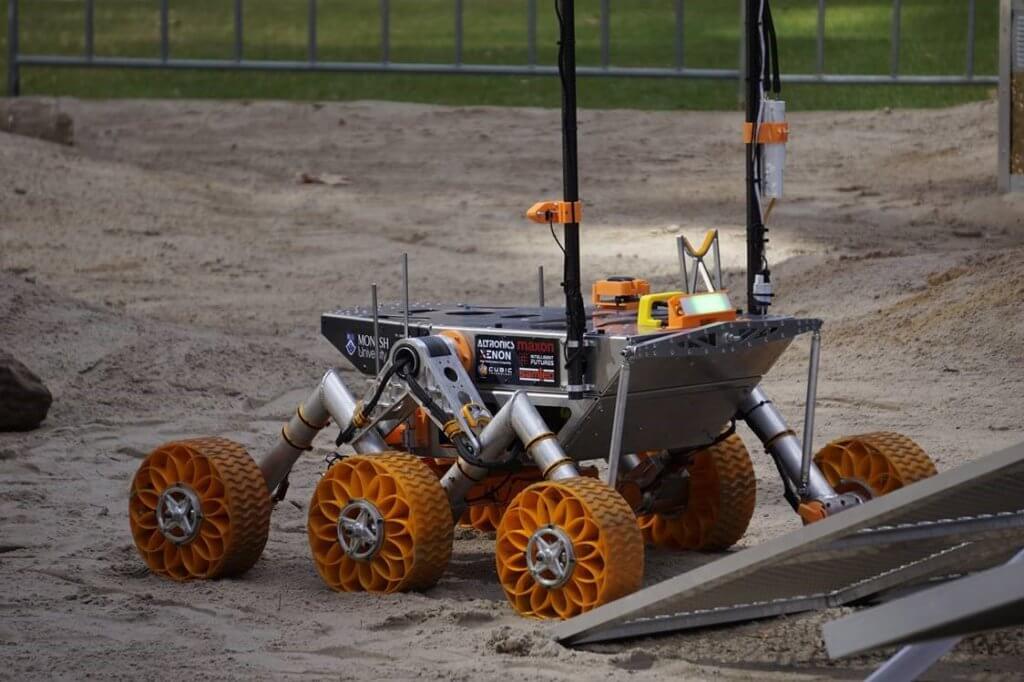
To Infinity and Beyond!
I had the privilege of talking with the electronics team from Monash University from Clayton, Australia. (If you are interested in hearing the full conversation, the zoom call is linked below.) Samtec connected with them a year ago with our regional Field Sales Engineer, Robert Famularo. It is a good thing too… the 14 hour time differential with Samtec’s headquarters in Indiana made it difficult to find a good time for a call.
The student lead team all have an affinity for space, robotics, and out of this world STEM. Not just having a love for space as a kid, but also a love to share that passion with students all around their community. I could only imagine sitting in a classroom and seeing a Martian rover drive by as the team sets up a demonstration for younger students.
The team’s summary video made for the competition has an amazing overview of the capabilities they designed in. (I started the YouTube feed right when they talk about some of the custom electronics they designed) If you have 5 minutes to watch the full video it is worth it.
Space, the Final Frontier… or is that Utah?
The Mars Society hosts the annual design challenge with a mission to “Design and build the next generation of Mars rovers that will one day work alongside human explorers in the field”. While each of the participants would jump at the chance to actually go to to space, the Mars Desert Research Station in Hanksville, Utah will have to do for now.
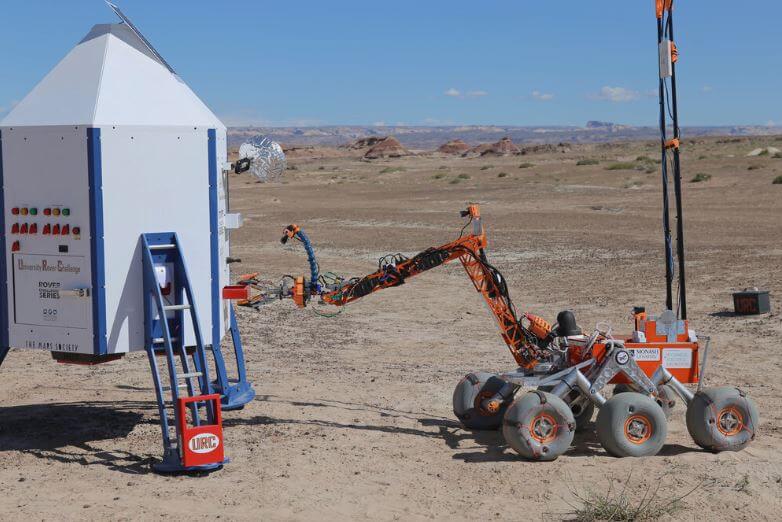
The competition is broken down into different mission types. These range from being able to traverse terrain to detecting signatures of life in soil samples. These test a wide variety of engineering and science skills, and ensures the rovers can perform tasks similar to a NASA rover:
- Extreme Retrieval & Delivery
- Equipment Servicing
- Autonomous Navigation
- Science
“JETSON. YOU’RE FIRED!” Mr. Spacely

The Nova Team use a Nvidea Jetson Tx2 developers board along with a host of custom design CAN bus drivers to help control their rover. No one was fired from the team, but there are talks about changing the electronics on the next design. The George Jetson and Mr. Spacely reference was just for fun. There was a comment about the 400 pin SEAF connector having too many options that they are not ready for just yet.
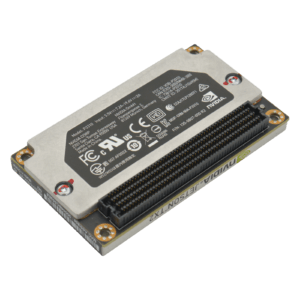
As with many designs, the team has crammed a lot of wires and connectors in to a tight spot. They may make yet another custom platform to replace the T2 platform for something a bit smaller. Samtec will continue to work with the University to help them sort through multiple options and stacking configurations to choose an optimal solution.
Samtec loves to see unique applications, and mixing in a little 3d printing while you are at it is always fun. The ET60 series make for a rugged mixed power and signals that daisy chain together as they are nested inside of the control arm for the rover.
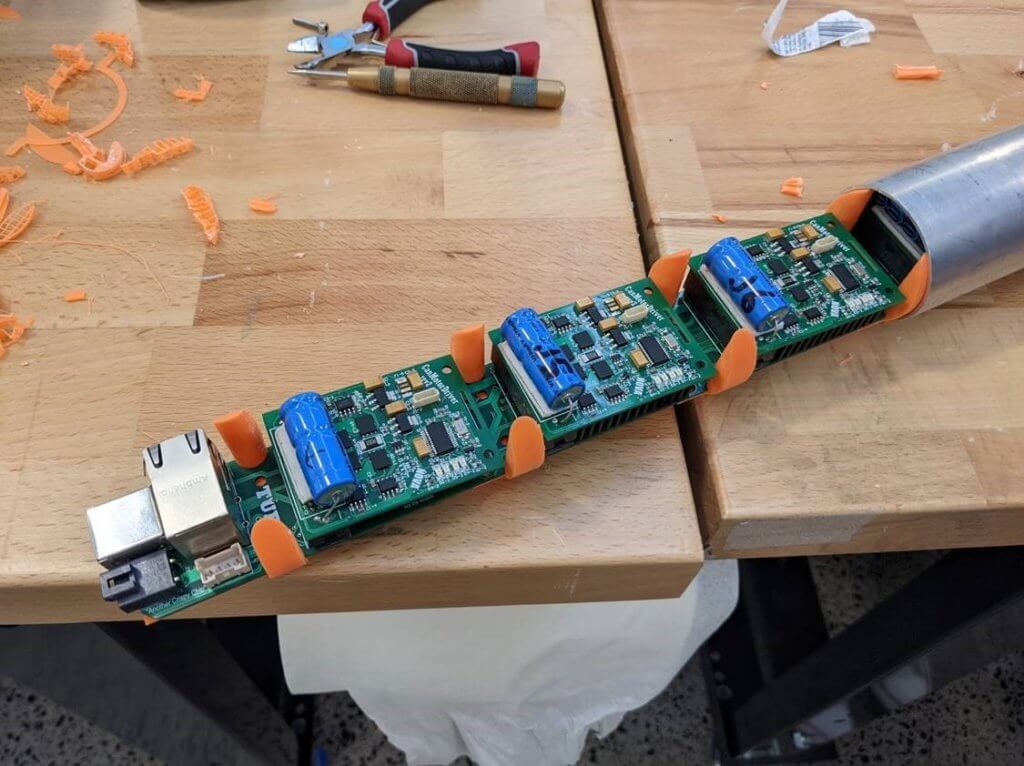
The destination lies beyond
What is next for the Nova Rover team from Monash? A new season, a new rover, and hopefully a bit of travel. Like many Universities and schools, funding cuts limit what the team can do without supporters. If your company has ever thought about working with regional schools, we encourage you to do so. Many of the these students may be working with or for you. Who knows, you might be working for one of these go-getters before you know it!
The full interview is about 45 minutes in total, but we get to meet the team to hear about some obstacles and things they had to overcome through the strange year of 2020.
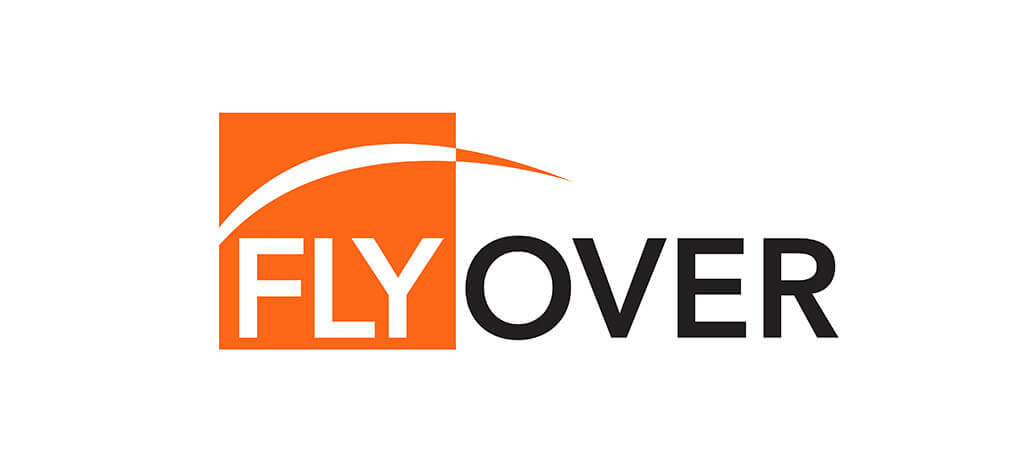
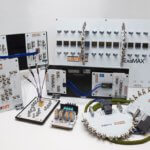
Leave a Reply